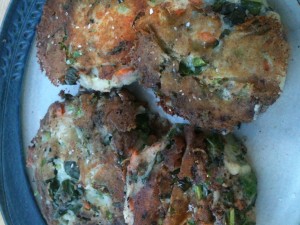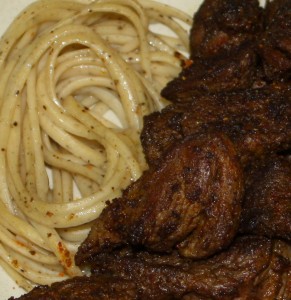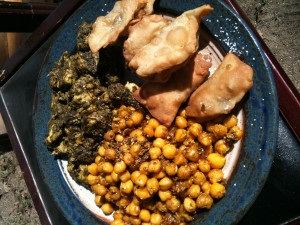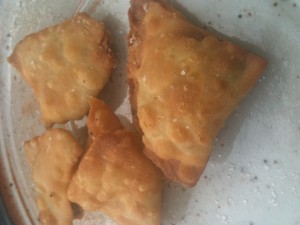Looking forward to the upcoming weekends are the Minnesota Renaissance Festival, we will be bringing a lot of period bread recipes to the festival. Unlike modern bread making, they did not go to the store to buy prepackaged yeast, they would have to either make their own, or find someone who has.
Below are two ways that I know of making yeast from scratch and preparing it for bread. This is not something that grows in a couple of hours. It takes days, if not weeks, to grow yeast. I hope you enjoy these techniques.
- At the turn of the 20th century, yeast was made from boiling grated potatoes with a little sugar and salt until it became translucent. A cup of the old yeast was added to make it ferment faster. This yeast mixture was set on the back of the stove to ferment. It would keep for 2 or 3 days before going sour. The mixture would be the yeast that would be used for breads. When more was needed, bakers would add a cup of the “old yeast” to a new potato and sugar mixture.
- Combine 1/2 cup unflavored yogurt and two tbsp of flour in a clean bowl. Cover and allow resting for 24 hours. Remove any liquid that develops over the yeast. Add two tablespoons flour and two tbsp water and stir every morning for a week. If too much starter grows, throw away half and replace it with an equal volume of the flour and water mixture. If bubbles develop, begin feeding the yeast every six hours with the flour and water mixture. Continue to pour off any water. Feed the yeast about an hour before you plan to use.

 I am also supplying a slight deviation from the traditional recipe by using olive oil instead of bacon fat for my vegetarian/healthy option fans.
I am also supplying a slight deviation from the traditional recipe by using olive oil instead of bacon fat for my vegetarian/healthy option fans.

